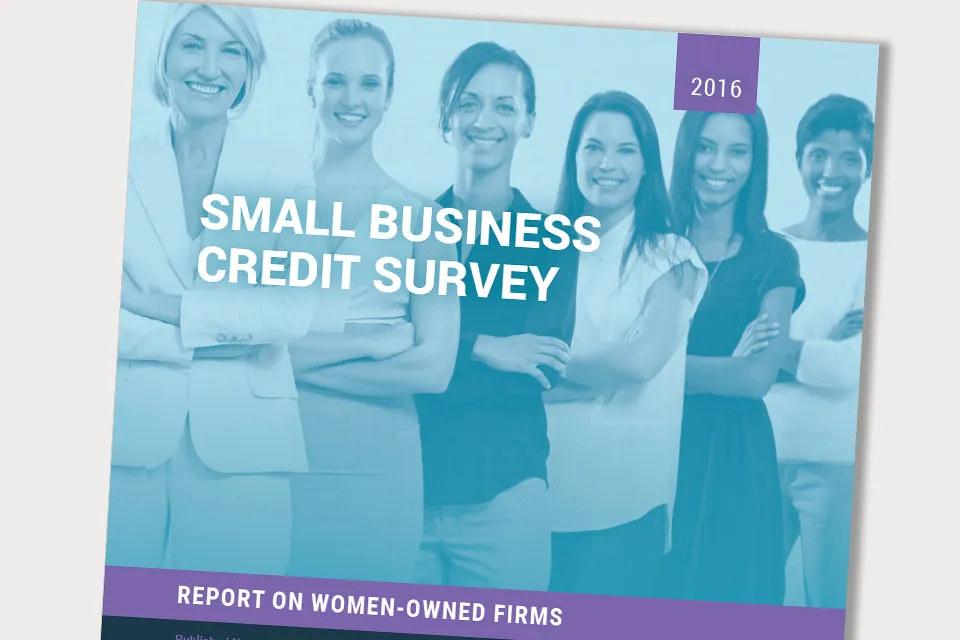A recap of insights, analysis and discussions we don’t want you to miss. Each month we compile key highlights from selected publications, events and perspectives to provide you with a deeper look into the work we do at the New York Fed.
Speech: Lessons from the Financial Crisis
President William C. Dudley spoke about the lessons learned from the efforts to create a more robust, resilient financial system following the financial crisis. In his remarks at the Economic Club of New York, Dudley recapped the structural flaws and factors that contributed to instability in the financial system and put the markets and economy at risk. In recognizing that more work needs to be done and that regulations evolve, Dudley discussed how caution must play a role in reform.
“While it is appropriate to evaluate adjustments that might improve our regulatory regime, it is critical that we do not forget the hard-learned lessons of the crisis and — in the haste to reverse course — undermine the robustness and resiliency of the financial system.”
President Dudley to Retire: Presidential Search Is On
President Dudley intends to retire from his position in mid-2018 to ensure that a successor is in place well before the end of his term. Dudley’s term ends in January of 2019 when he reaches the 10 year policy-limit in the role.
“I have deeply appreciated Bill Dudley’s enormous contributions to the FOMC, his wise counsel and warm friendship throughout the years of the financial crisis and its aftermath. The American economy is stronger and the financial system safer because of his many thoughtful contributions. The Federal Reserve System and the country owe him a debt of gratitude.”
— Federal Reserve Board Chair Janet L. Yellen
Learn more about Dudley’s tenure at the New York Fed and the presidential search process.
2016 Small Business Credit Survey — Report on Women-Owned Firms

Women-owned firms — over one million in total — accounted for one-fifth of U.S. firms in 2015. In our new report, developed with the Federal Reserve Bank of Kansas City, we use a unique dataset to examine the experiences of women-owned small employer firms, compared to men-owned firms.
“This report advances our understanding of the causes and implications of this gender gap, which can inform efforts to help high-potential women-owned firms meet their financing needs and flourish.” — Claire Kramer Mills, New York Fed assistant vice president and community affairs officer
Key findings include:
- 65% of women-owned firms hold debt of $100,000 or less, compared to 51% of men-owned firms.
- 64% of women-owned firms reported a funding gap, receiving only some or none of the financing sought, compared to 56% of men-owned firms.
- Women-owned applicants were more likely to apply to large banks than small banks (49% vs. 40%), but were more likely to be approved at small banks than large banks (67% vs. 50%).
About the Series: The Report on Women-Owned Firms is the fifth in a series of reports that examines the results of an annual survey of small business owners. The other reports in the series are the Reports on Employer Firms, Startup Firms, Minority-Owned Firms, and Microbusinesses.
Analysis: A Closer Look at Student Loan Defaults — When and Why?

College student loan debt increased 170% between 2006 and 2016. In our two-part blog series, we first examine who’s defaulting and how college selectivity, major, and graduation status factor in. In the second blog post, we take a closer look at how labor market cycles affect the ability of student loan holders to repay their debt by examining default rates before, during, and after the recession. Key findings include:
- 28% of students who left college in 2010 and 2011 defaulted on student loans in five years.
- Default rates for community college students are almost 25 percentage points higher than those for four-year public college students.
Report: Household Debt & Credit Rises Again

Total household debt reached $12.96 trillion in the third quarter of 2017, topping last quarter’s previous peak, according to our latest quarterly report. There were increases in mortgage balances — the largest component of household debt — as well as student, auto, and credit card debt, and a modest decline in home equity lines of credit (HELOC) balances. Key findings include:
- Mortgage balances shown on consumer credit reports on September 30 stood at $8.74 trillion, an increase of $52 billion from Q2 2017.
- Non-housing balances, which have been increasing steadily for nearly six years overall, increased by $68 billion in the third quarter.
- Auto loans grew by $23 billion, and credit card balances increased by $24 billion, while student loans saw a $13 billion increase.
About the Report: The Household Debt and Credit Report offers an updated snapshot of household trends in borrowing and indebtedness, including data about mortgages, student loans, credit cards, and auto loans.
Education: Pace University’s Hat Trick — 3-Time Fed Challenge Winners

So proud of Pace University! Our Liberty Street Division champion team won the 14th annual national College Fed Challenge in Washington, D.C. Harvard University took second place, with honorable mentions for Princeton University, Virginia Commonwealth University, and the University of Wisconsin — Whitewater. Pace University has earned the top national spot for three of the past four years.
Learn more about the College Fed Challenge.
Report: The Latest on Consumer Credit

Consumers’ recent credit experiences were positive, with the share of “discouraged” credit applicants reaching a new series’ low — the lowest since the start of the Credit Access Survey in October 2013 — and rejection rates for credit applications declining over the past 12 months.
Our SCE Credit Access Survey interactive tool helps you explore the data on consumers’ experiences and expectations and see trends for a range of credit products.
About the Report: The SCE Credit Access Survey, fielded as part of the Survey of Consumer Expectations, provides information on consumers’ experiences and expectations regarding credit demand and credit access for auto loans, credit cards, credit card limit increases, mortgages, and mortgage refinancing.
Stay Connected
Sign Up for In Review — our monthly email that highlights the latest work from the New York Fed.
Download our Economic Research Tracker to your iPhone® or iPad®
This article was originally published by the New York Fed on Medium.
The views expressed in this article are those of the contributing authors and do not necessarily reflect the position of the New York Fed or the Federal Reserve System.










